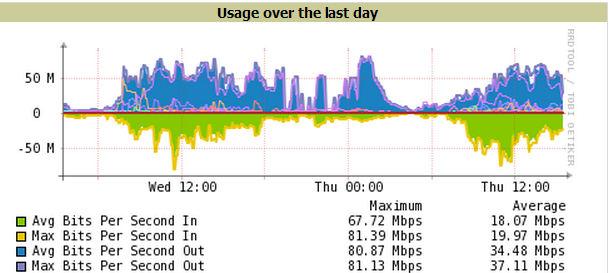
“My Wi-Fi isn’t working and I have no idea why?” Sound familiar. That’s a phrase we hear from businesses and organizations all the time—typically because they got in over their head, or partnered with the wrong consultant or managed wifi service provider.
Here at SecurEdge when we here this phrase we know it’s time to break out the detective gear. Alright, there is no detective gear but if you know anything about wireless networks or Wi-Fi then you probably know that it can be a very fickle animal.
So when something goes wrong, its very frustrating to figure out why, especially when today's networks are more complex, user expectations are higher than ever before and the number and types of devices and applications are increasing by the second.
Needless to say, IT professionals have a lot on their plates and troubleshooting why their Wi-Fi is not performing correctly is the last thing they have time for.
When it comes to wifi performance issues it's usually never just one thing. I say that because now a days mobility should be viewed as an entire system not just products. This changes your mentality when it comes to assessing your wifi performance and making any fixes or changes, because there are many different viewpoints to take a look at.
There’s the network side or broadband (wired) side of things, the wireless network viewpoint and now even the application viewpoint to consider. If you’re having wifi performance issues and aren’t quite sure what it is, an application performance test might be a great place to start.
Here are 3 amazing reasons why application performance testing is an invaluable tool at solving your wifi performance issues.
1. Unique Point of View
The main advantage of application performance testing is it’s unique perspective on what’s happening on your network. The basic function of this type of testing is to actually simulate the exact activity that you are doing on your network.
For example if you wanted to take a look at what’s happening from the application standpoint when you stream video, application performance testing can simulate that experience and then provide insights as to how you performed against industry standards.
2." What-If" Scenarios
In addition to simulating and testing your specific type of voice, data, or video application, application performance testing allows you to set-up “what-if” scenarios.
How great would it be to know exactly how your wifi would perform if you added more users, or applications or even changed your capacity. These type of scenarios could be in valuable insights before you actually updated your network.

3. Quality of Experience
One of the best aspects of application performance testing is that finally you can get actual insights into the quality of experience from the users perspective.
It’s always been one thing to look at your wireless network and see that everything appeared to be working right but how does that translate to the user experience.
Yeah maybe from your network's point of view nothing seems to be wrong but from your application's and end-user's perspective the experience is too slow or in specific situations not working all together.
We always talk about having great visibility when describing correct mobility, especially from a security standpoint, but this also can be true for how well your applications are running from a functionality and experience standpoint.
WiFi performance is critical for the success of every business and organization, be it a school, university, hospital or industrial company. Application performance testing can be the difference in delivering and maintaining that success.
At SecurEdge, we provide simple, smart, and secure WiFi. If you have any questions with your existing WiFi network or would like to discuss an upcoming project, contact us here.






